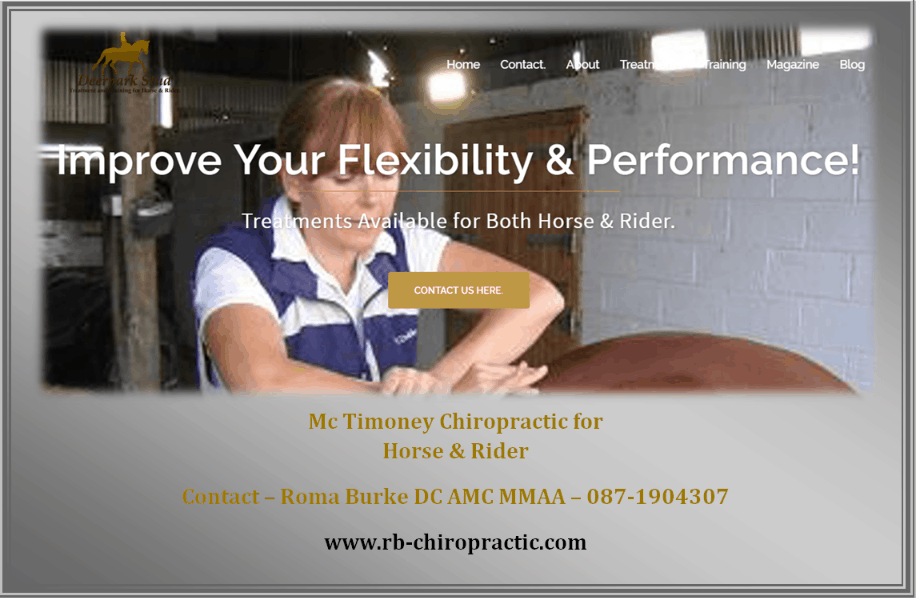As an Equestrian and a Human and Equine Chiropractor, I know the benefits of having your horse checked over regularly. If your horse is sore and uncomfortable You Cannot Train Pain, it is that simple!
If you continue when your horse is sore and push him to do work you will end up with a sour horse with behavioural problems. Here is a little of my personal story of how I discovered the benefits of regular Chiropractic Treatments for your horse.
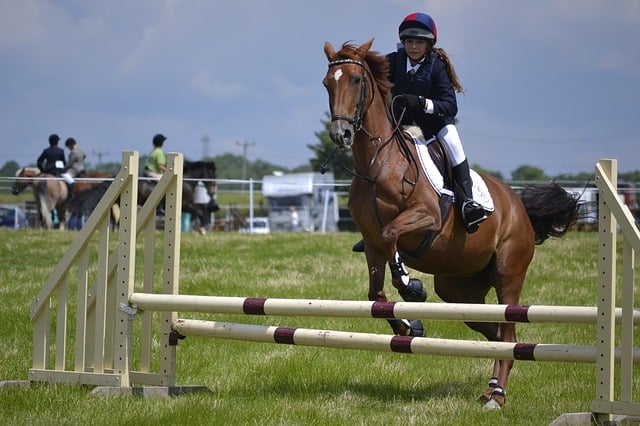
A Horse With Pain – My Horses Story.
It was many years ago, when all of a sudden I began to have some trouble with my Competition Mare, Solara. Previously Solara had always been in the ribbons, with consistent double clears at every show, however out of nowhere she began to stop.
At the time I was training with Patricia Creighton, a sister of Peter Charles and a top class Showjumping trainer. Pat assured me that the mare must have something wrong with her to suddenly begin to stop, and stop with vigour, as I ended up being thrown into one or two fences. The mare was exhibiting the first signs of pain or discomfort that I was aware of.
In those days, there were very few Chiropractors or Physiotherapists around for horses. If you said you were having someone in to check your horses back, people would look at you like you had ten heads! However, thankfully things have changed over the past 30 years.
Solara was not lame, she was not off her food, or anything so obvious. Pat really believed it was down to her back, and when she palpated down her spine to feel for pain or discomfort, with moderate pressure from Pat’s hand, the mare looked visibly uncomfortable.
McTimoney Chiropractic To Treat Pain & Improve Performance.
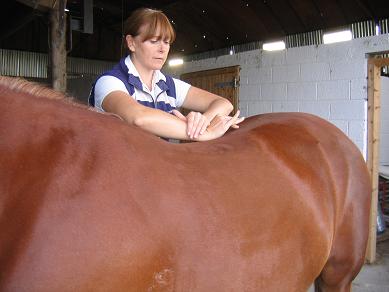
Pat said that she was getting the Back Man(as he was called then,) into treat all the showjumpers, and she suggested that I should get my mare done too.
So Richard Arthur who is a McTimoney Chiropractor for both Humans and Horses came to the yard, he travelled over from the UK back then, about three times a year. He assessed my horse, moving and in the stable. He found misalignments, in Solara’s neck and spine, along with Tilt and Rotation in her pelvis.
The amazing part was that Solara, who normally hated men and vets, stood like a lamb for her treatment, albeit with her eyes on stalks!
Once the treatment was complete, the aftercare was given. In those days this comprised of hacking in straight lines for a few days, and then to continue as normal.
I of course followed the after care to the letter of the law and after 3 days, I took Solara back into the arena to get her back into work and ready for shows.
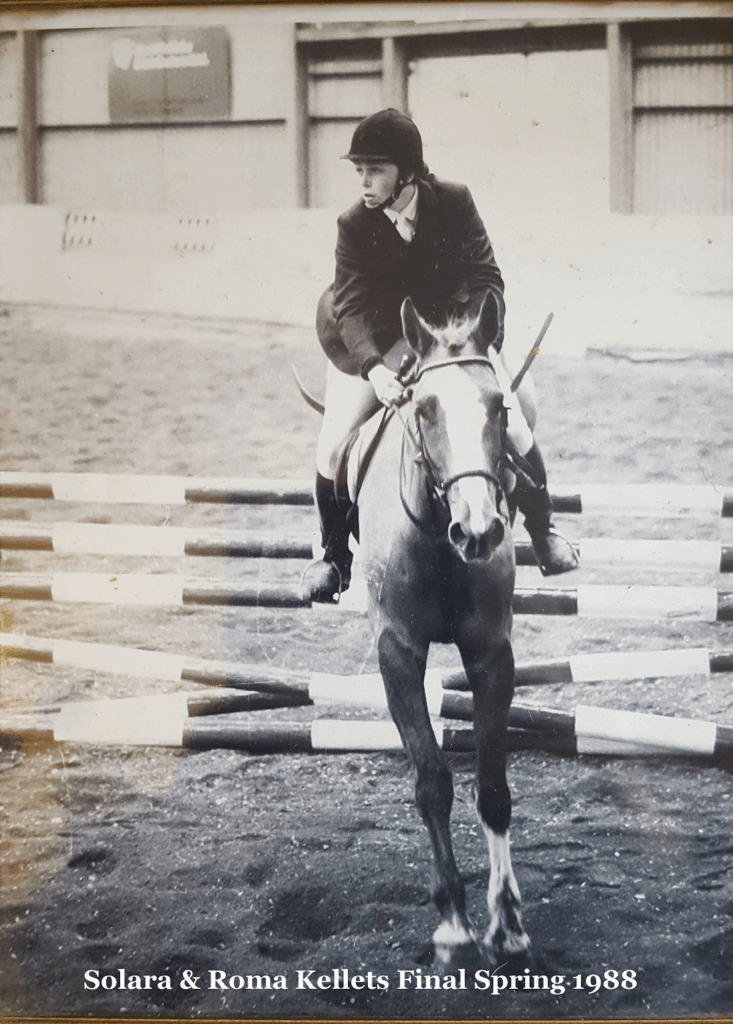
To my complete surprise, Solara was in top form. I thought that she would need several treatments before I would notice a difference. How wrong I was because the mare moved beautifully, she was round and soft, with a big elastic stride. I remember calling to the other Students on the yard to come and see the magic that the Back Man had performed on my horse. None of us could believe how good she was, after just one treatment!
That winter Solara, was back to her winning form, but she was now better than ever. She was placing consistently again and she was also in the line up of every final of the winter leagues in 1988 in her category.
I often wonder why Solara made such a dramatic recovery after just one treatment. I put it down to, the fact that she had only begun to have problems when I had her treated. This allowed these issues to be fixed before they became long standing behavioural problems.
Why I Trained as a McTimoney Chiropractor.
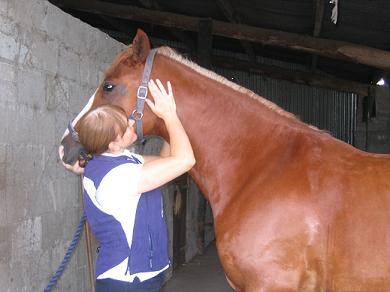
The Gentle Treatment called McTimoney Chiropractic is what transformed my mare, and it was this dramatic change through a hands on approach, that lead me to train to become a McTimoney Chiropractor for Humans and Horses.
I figured a treatment that was so gentle while producing dramatic results is definitely worth having in my Equestrian Tool Box. Here I am more than 30 years on and I am still amazed by some of the transformations that can be achieved with such a gentle approach.
What Are the First Signs of a Horse in Pain?
So what are the first signs that tell you that your horse is in pain? Well for starters the first signs that your horse is in pain may be very slight. He may be stiff at the beginning of his work. He may find bending more difficult to one rein. Unfortunately the first signs are often not very obvious and therefore can be missed.
If the initial symptoms are overlooked, this may lead the horse being irregular on one rein, and perhaps being unable to strike off on the correct lead in canter. He may begin to refuse the odd fence, as with my horse all those years ago.
If work is continued things will become worse for the horse and therefore the rider. There will be obvious loss of performance, the horse may begin to nap, buck, rear or even begin to object to being tacked up altogether.
If you have missed the earlier symptoms, and find yourself with a nappy horse you will need to have you horse checked as soon as possible, you cannot train pain.
Some of the Early Symptoms of Pain in the Horse
- Stiffness in his gait and taking longer than normal to warm up
- Unable to bend correctly on one rein
- May feel uncomfortable to ride on one trot diagonal
- Reluctant to work in an outline
Some of the Intermediate Symptoms of Pain in the Horse
- Grumpy when being handled/ridden
- Irregular on circles
- Difficulty picking up the correct canter lead
- Disuniting
- Resisting the contact
- Refusing fences/Jumping Flat, Knocking Fences
Some of the Advanced Stages of a Horse in Pain.
- Very obviously lame or irregular
- Grumpy when being tacked
- Cold backed
- Bucking, Rearing or napping
- A 4 beat canter
- Muscle wastage
Remember Prevention is Better than Cure.
Prevention is better than cure, so always keep an eye on your horse, and be tuned into how the horse is going.
When you are tuned into your horse, you will notice some of the initial signs of discomfort. It is also advisable to have a good support system in place for your horse such as;
A good Farrier, to balance your horse from the ground up; remember the old saying out an inch at the bottom, out a mile at the top! Correct hoof balance can be the difference between a lame horse and a sound horse.
A good Dentist – Because of the motion of the horse’s jaw while chewing, this causes sharp edges to form on your horse’s molars, which can cause the horse to have a difficult time eating and accepting the contact of the bridle comfortably. Plus, there is the odd occasion when a horse may have a bad tooth, be in pain and they will require an extraction.
A good Chiropractor/Physiotherapist – Is a necessary part of the modern competition horse. By having regular sessions with the Chiropractor/Physiotherapist, you will keep the horse’s body in optimal shape, flexibility and alignment. This will help you to get the best from your horse and your performance together.
A Good Saddle Fitter – A good saddle fitter will ensure that your horse is comfortable and able to work to the best of its ability by providing a saddle that fits your horse correctly. Adjustments may need to be made several times a year to ensure that Saddle fit remains comfortable for your horse as he changes shape with his training.
A good Coach – A good coach will help to bring the best work out of both you and your horse. They will provide you with solid plan to help you to achieve your goals, while being there with exercises and support to help you with any challenges you encounter along the way. Plus a good coach is likely to pick up on any problems with you or your horse at the earliest onset, so that you can address any issues before they become big problems.
Regular Treatments for You!
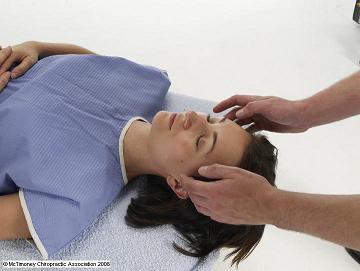
That’s right, riders require treatment too! If you as a rider are one sided, or you have tilt or rotation in your pelvis, this will have an adverse affect on your horse and their performance! Heck depending on how one sided you are, you could even be causing your horse’s problems! So make sure to have regular Chiropractic Treatments and Physiotherapy to keep your musculo-skeletal system fit and flexible to do a decent job when your are riding your horse.
In Conclusion.
Keep in mind that You Cannot Train a Horse in Pain, if you push a horse that is in pain, you will end up with a very unhappy equine, most likely with severe behavioural problems. The best option is to adopt a Holistic View of both you and your horse’s training, to ensure that any challenges that you both encounter along the way are addressed at the earliest possible time. By doing this you will have a Horse who is Happy and Willing in his work, a horse that will have your back, because you took care of his;-)
This article was originally published in the October 2019 Issue of Irish Sport Horse Magazine.
To Find out more about McTimoney Chiropractic check out McTimoney Chiropractic A Good Choice for You and Your Horse>>
